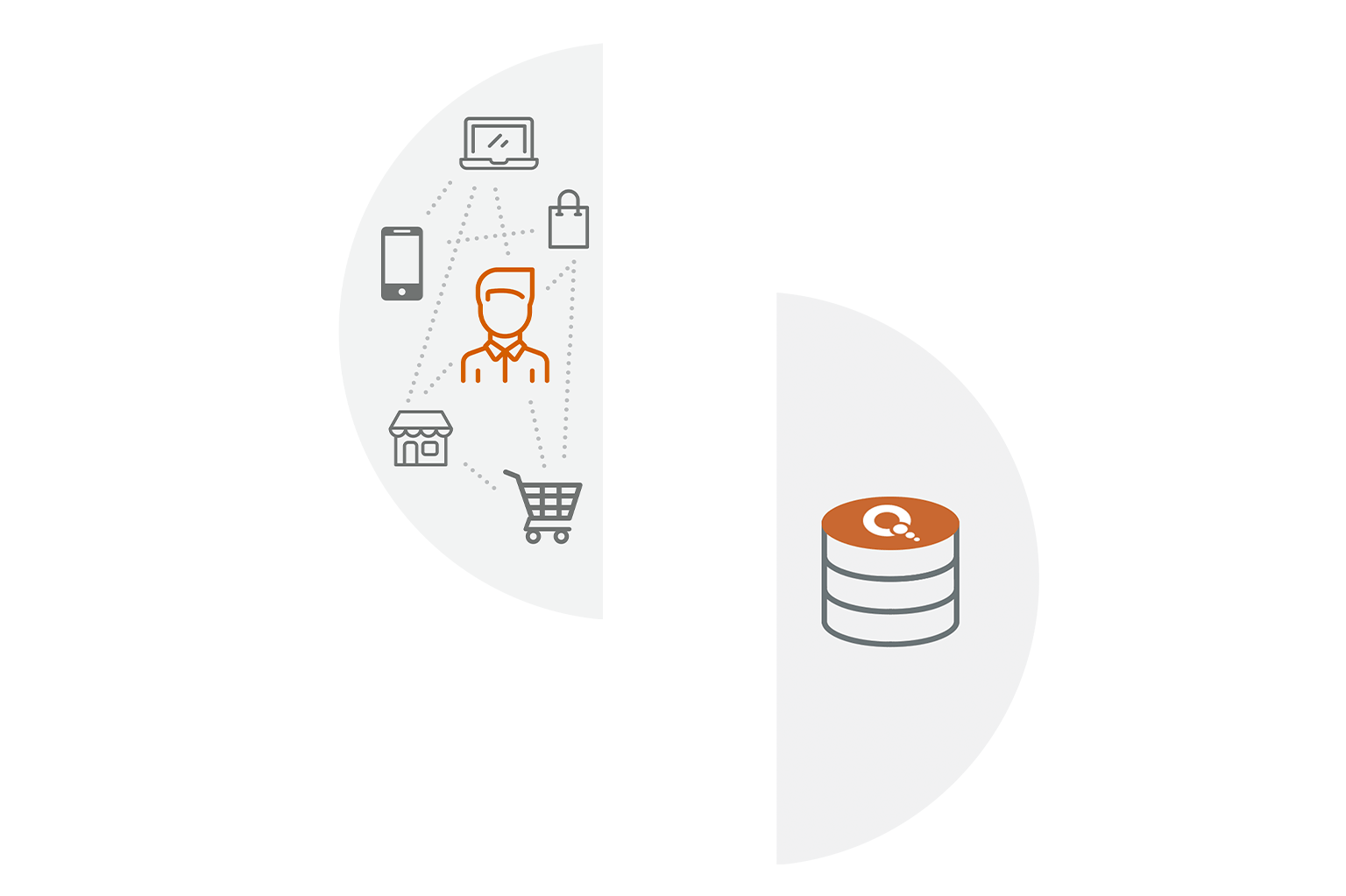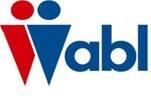Unique Visitors Counter
SERVICES
Our skills provide our customers the ability to maintain control over processes while drastically reducing costs. We offer the flexibility to choose the technologies used, the methodologies of single or multifunctional transaction processing and offshore service center processing.
Case for India
 Economies of relocation will provide the driver for the next wave of BPO. Improvements in the reliability and security of the Internet, together with the declining cost of private data networks, mean that companies can determine how and where they place their resources. This helps ensure that they remain competitive in process efficiencies.
Economies of relocation will provide the driver for the next wave of BPO. Improvements in the reliability and security of the Internet, together with the declining cost of private data networks, mean that companies can determine how and where they place their resources. This helps ensure that they remain competitive in process efficiencies.
In India the scope for growth of BPO is enormous, based on the availability of highly skilled, computer-literate, English speaking professionals at a fraction of the cost of European or US equivalents. The information technology skills India offers are well known, but there is also a huge number of qualified accounting staff providing a high skill accounting resource. The case for India is strengthened by its western orientation, the steady liberalization of the economy, and government support for economic development. Some key learning’s are :
- Significant cost savings are possible by moving the finance and accounting process or other transaction based processes to India where the talent is capable and cost effective.
- Using emerging technologies reduce head count, producing even greater savings.
- Developing a plug and play approach to finance and accounting outsourcing allowing the front office to change systems “at will” to help them remain competitive in a changing environment.
- Corporations will discipline themselves to achieve these changes
- Cost is not the only motivator. So is flexibility and the ability to change.
Our skills provide our customers the ability to maintain control over processes while drastically reducing costs. We offer the flexibility to choose the technologies used, the methodologies of single or multifunctional transaction processing and offshore service center processing.
The following chart is ABL’s road map to reach the next summit of outsourced processes.
 Three Components in the Changing Environment
Three Components in the Changing Environment
Three things are imperative in an emerging global business environment :
- Most functions as finance and accounting will be even more standardized
- Service centers will be placed in low cost, resource abundant locations.
- The process will take advantage of the Internet.
To get there, this chart splits the journey into two parts: the process effectiveness path and the cost efficiency path. Both proceed at the same time but at different speeds depending on the complexity of the specific process. In this hypothesis, a system is assumed with 10 employees who would cost an average of $75,000 a year each in a realistic description of a typical operation today. That operation would spend $.75 million annually processing F&A transactions. A remote location would service deliver @$.375 million.
The Process Effectiveness Path
This part of the journey to a foreign land is a virtual one. The goal is ” to take advantage of ‘e’.” Operating on the assumption that new technology “will radically change existing processes,” it can be safely assumed that a two-to-one gain from that technology is achieved over a period of time. Therefore, emerging technology will require only 5 or fewer employees to process the transactions that today require 10 thus reducing the original budget of .75 million to .375 million.
Pricewaterhouse Coopers has identified 15 specific activities that add extra cost to this business cycle. Examples include having to enter the same data into the system more than once, having to match invoices with purchase orders, and having to stop things while waiting for crucial data. Removing these and other, similar roadblocks make the process more accurate, reliable, faster and cheaper.
The Cost Efficiency Path
Saving money comes from scale. If companies focus on the geography/location issue, seeing “compelling” reasons to move the work out of the United States to India. In this part of the equation, a process will still need 10 employees, but quality workers will only cost $25,000 a head, an immediate $.5 million savings.
Putting the Two Together
The two journeys will culminate in the box on the right, where the combined benefits of creating cost efficiency, building to scale, driving standardization and optimizing location will result in more than 50 percent savings.
Plug + Play = Flexibility
Cost and process effectiveness are two compelling reasons corporations embark on the journey to outsource. The question faced by a business is – “ What if the back office finance and accounting application operated like a standard electrical plug and could be plugged into anything?”.
If an organization could create a plug and play back office, the front office could change its applications whenever it liked. All the front office would need is a data interface into the finance and accounting plug. Instead, the solution is much simpler. In Pricewaterhouse Coopers’ view, corporations “need to produce data” that crosses the plug into the finance and accounting system. For example, the sales system might only require three of a total of say 50 pieces of information
- What is the name of the customer ?
- How much did the corporation sell to the customer ?
- How much has the customer paid ?
The front office could then have dozens of different systems and change them at will. They would be able to react more quickly to market changes. The real benefit of the process effectiveness path is to liberate the business staff. No longer will the finance function hold them up !!
Overview – the Migration, Customization and Transition Approach
We understand your organization’s workflow, methods and processes before delivering solutions :
We work with you to optimize your business processes with a view to streamline operations, reducing cycle and turnaround times, reducing costs whilst providing the highest quality service delivery.
We spend time not only to understand your process needs, but also to understand your business environment. We capture information critical to transition process, and conduct the operation so that the transfer from existing to the offshore process is seamless. This process seamlessly links the centre in India with accounting application and processes of the end client. It includes four key modules: scanning, connectivity, data entry and query resolution. The transition can be divided into several stages – Design, Handover, and Implementation.
Pre-Transition : the Design Stage
In designing the off-shore process to support your business, we apply proven steps and principles to ensure success. We recognize that every customer is different. But our principles for designing a process are the same. These are :
- A high-level buy-in to an offshore model. This allows a dispassionate evaluation of an offshore proposition, and commitment to implementation.
- Acquiring an in-depth understanding of the process. We do this by interviewing the key functional managers, process mapping, understanding volumes, timetables and systems. We then present our understanding for confirmation.
- Designing off-shore processes so as to minimize disruption to existing processes, taking into account the types of functions to be provided, the service level agreements agreed, services to be provided offshore and the current systems and document flow environment.
We then provide a documented solution specifying the scope, existing process, to-be process, business case and a high level transition plan. The objective is to articulate a clear business case for change, and to get buy-in from key constituents.
Document management and workflow Approach
Document management and data transmission are integral to our business. We ensure documents are handled effectively to ensure that timely, accurate, complete and accessible information is available. We use multiple solutions for document workflow. In a paper-based system we handle scanning, data transmission, indexing and tracking according to standard processes, ensuring that documents are cross-referenced to the financial application. Alternatively, we participate in a client’s existing workflow solution, using the image viewing, routing, approval and management functions it may offer.
Planning and Process Handover
Following confirmation of the outline design, we work with functional managers to prepare an in-depth analysis of the requirements to develop a comprehensive project plan. From this plan, specific work breakdown structures are identified regarding procurement and delivery of data and processed output. Requirements and tasks are identified and tracked for training, installation, testing, operational management, backup, business recovery, and help desk services. We manage the whole transition process – including recruiting staff, training, setting up the connectivity solution, and the India infrastructure.
Implementing the Transition
Process migration normally commences with parallel processing of information until you have full confidence. During implementation, need based review meetings are held so that the project plan can be reviewed. This way we stay on top of the process and any roadblocks can be eliminated.
In this way, we ensure that the process of continuous improvement is documented and action items are completed on time. Business requirements are never static. Change is the norm, and it is equally important that the outsourcing arrangements have flexible provisions to allow for changes in business requirements over time.
Quality monitoring parameters
These include :
- Transaction performance reporting to ensure timeliness.
- Accuracy testing on a random sample of transactions.
- Accuracy testing on all high value transactions.
We provide regular performance reports to our customers, which specify volumes and quality achievements This entails a program of continuous improvement based on analysis of error rates recorded in our processes. This allows us control on quality when the process scales up
Process Improvement
We are committed to a continuous improvement program which rely on reducing handovers , making them end-to-end, striving for automation with e-processes, driving to best in class knowledge of the application, techniques to reduce time and costs by use of multi-time zones

The Customer scans documents and uploads the same on a secure web server via VPN or FTP.
The offshore service provider indexes the scanned images by use of document imaging and indexing software.
ABL s trained CPAs crunch numbers and use the customers preferred software for accounting, payroll or tax return work. The software platform is hosted on a web based server and is accessed remotely from India or alternately licensed copies are installed at the offshore facility.
Final transaction files are sent to Customer and/or reviewed by them via the web server.
Final printouts may be taken at the Customers premises.
The business direction is to constantly move up the value chain and provide solutions such as tax planning, compliance and attest support work, technical research, preparation of budgets and forecasting etc..
ABL partnering with FlowApp ( www.Flowapp.com ) provides custom software development to complement an outsourcing solution. This is with a twin objective of meeting unique needs of customers that cannot be addressed by standard offerings and helping in enriching the outsourcing solution offered.
Our experts combine cutting-edge technology and tactical business knowledge to deliver reliable, dependable, customized and easy to use software applications. Our solutions have open, scalable architectures, which allows our clients maximum flexibility to evolve their business systems with minimal technology constraints.
For the Leasing vertical we developed a web-based software that spans the entire lease lifecycle encompasses origination of lease, documentation of lease, vendor management, banker and customer management and reporting, lease administration over its lifecycle, billing and collections, asset tracking, re marketing and credit scoring.
When it comes to the ever-changing leasing industry, competing successfully requires the most advanced and innovative solutions developed by people that understand leasing. We offer lessor’s a comprehensive suite of services which manages, distributes, and automates your commercial lease programs and enables your clients to apply for financing directly from your website. Our solution accelerates and enhances the commercial leasing experience by integrating and automating the entire process. Marketing, sales, origination, contract processing, documentation can all be done using a common web based processing platform quickly, securely, and cost-effectively and integrated office systems
-
- Customizable finance programs
- Reduced processing costs and staffing requirements
- Quick access to new markets
- Increased client satisfaction and retention
- Support for multinational currencies
- Automatic lease classification
- Simultaneous parallel valuation (US-GAAP, IAS, and local accounting rules)
- Automatic fixed-asset updating, tracking and remarketing.
- Customer support — Seamless integration possibilities.
- Internet financing — Enables you to complete financing processes electronically
- Open architecture — Provides easy integration with external services
- Flexibility — Rules-based engines enable a high level of customization.
- E-business readiness — Covers the entire lease life cycle, from lease origination to contract management and financing, from asset management to customer service and equipment maintenance.

